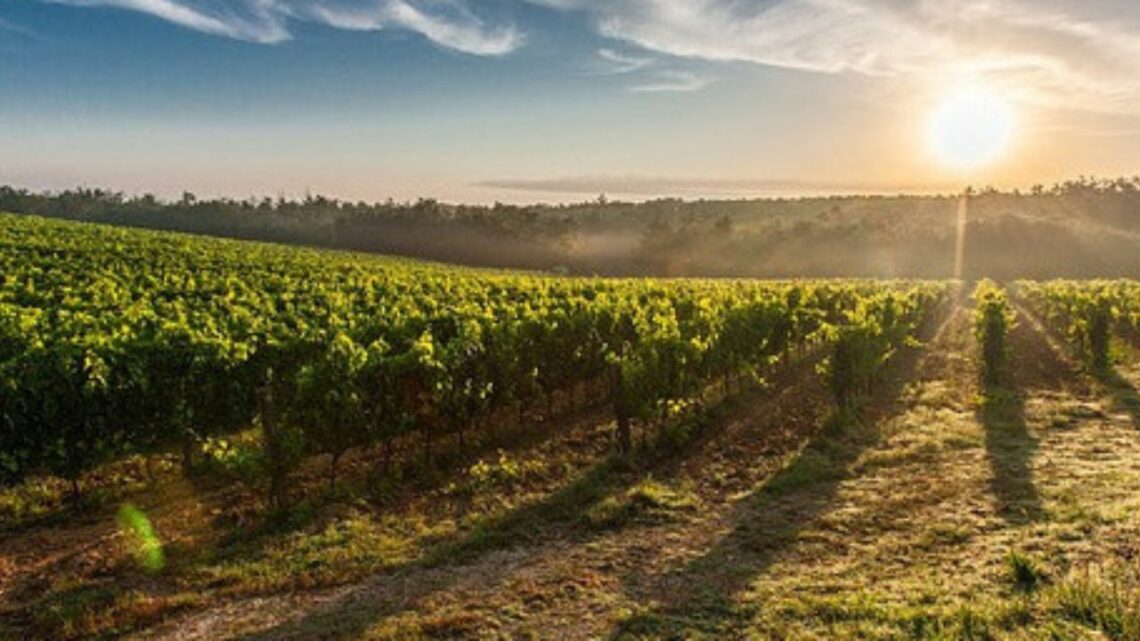
Does soil have an impact on wine?
The vine roots itself in stone-turned time, there is always something magical in the air when the first shoots stretch towards the sky in spring. Life sprouts forth, energy flows, and time becomes visible.
The time of rocks, the time of youth and coming of age, the time of harvest, and the time of ripening. Ancient rocks solidify or crumble, come together or fall apart. Depending on how solid the substrate is, the roots of a vine can reach up to 15 meters deep. To find everything that brings energy. Security and stability even in difficult times – that is the gift and task of the vine.
And to produce our favourite nectar, the wine, the vine needs five elements. Heat is fundamental. Sunlight is necessary for photosynthesis (production of glucose and oxygen from carbon dioxide and water). Finally, the nutrients that the vine will draw from the soil will promote its growth and the ripening of the grapes. It is on this last part that we will look more precisely here.
How does soil have an impact on wine?
Soil plays a crucial role in the flavor and characteristics of wine. Soil composition, grape variety, ripeness, and quality influence the final product significantly. The best pairing of soil and grape variety depends on various factors, including soil structure and grapevine preferences. Clay soils, for instance, suit early-ripening varieties like Merlot, while limestone soils enhance the minerality of Chardonnay. Different soil types, such as chalky, pebbly, gravelly, sandy or opok offer distinct qualities to wines, ranging from elegance to richness.
First, does soil have an impact on wine?
As Colette, a French writer, said : «Le vin est l’expression de son terroir » (Wine is the expression of its terroir)
Indeed, the vine is grown on many different type of soils in terms of nature and depth. Tastings have helped bring to light the influence of the soil composition, the grape variety, its level of ripeness and its quality of course. But today, let’s focus on the soil part.
The soil on which the grapevines root is a fixed component that is irreplaceable. The winemaker works with the soil and with the vine, forming an alliance with the duo soil/vine. Together, all three establish the origin.
A typical example is Burgundy. In the Côte de Nuits appellation, wines are made from pinot noir only and grapes are taken from different plots. These plots, depending on their localization, will give wines with more tannins, or aromas or even have an impact on the color. Terroir effect from these “climat” (ie the plots) can not be denied!
ANECDOTE #1: By the way, where does these “climats” come from? It goes back to the 12thcentury where monks discovered that depending on the plot, the wines tasted different, although the grape variety, pinot noir, was the same. Without finding suitable technical information, they identified these plots that they separated by building small brick walls. They named this plots “clots” which became “climats” and still exist today!
ANECDOTE #2: Another example you will find on the internet (I haven’t tried it yet, but I do plan on trying!) is Oregon and Burgundy, who have similar climates and with the same vinification, the wine will somehow taste different. This is due to Burgundy having a clay-limestone subsoil and Oregon a volcanic one
What is soil ?
So, now you get it : soil is important for the vine and consequently the wine.
But what is soil? Well, it’s simply a mixture of water, air, minerals and organic matter. What gives it its identity is its proportion and organization of these different elements.
It is characterized by the following parameters: porosity, texture, structure, pH, nutrient storage capacity.
- Porosity enable water circulation and helps the vine regulates it hydrometry. Porosity depends on texture and structure
- Texture is determined by its particle size. For example, the thickest soils are sand (they are also the hottest), followed by limes, who will feel like talc if you touch it, and last, clay (also the coldest), and can be sticky.
- Structure depends on the composition, proportion and assembly of these particles. If it’s lumpy, the vine will grow its roots easily, whereas if the soil is compact, its root will stay on the surface.
- The different nutriments the vine needs to thrive are organic matter (present in the soil on the surface), nitrogen (resulting from the degradation of organic matter, used for the production of the green matter of the plant), minerals (for example, phosphate which favors root development and grape ripening or potassium which contributes to the production of sap), trace elements (such as iron, essential for photosynthesis), acids.
ANECDOTE : Charles Pomerol wrote, in Terroirs et Vins de France, that as far as the personality of a wine is concerned, it is not only the rock in the basement that is in question, but also the composition and properties of the soil that derives from it. The vine, in fact, prefers composite soils to uniform soils, hence its predilection for scree slopes
Indeed, what is important to understand is that there is the soil and the subsoil. The latter is also called bedrock and is usually homogeneous over several hectares. Soil however have several layers on constant interaction with each other through the action of micro-organisms and chemico-physical alterations of the bedrock.
These chemical constituents of the bedrock will then be distributed in a very heterogeneous manner in the soil.
A little reminder of bedrocks
There are 3 kinds of bedrocks (well, that’s easy to remember, for once!) :
· Magmatic rocks which come from the cooling of the magma. On the surface, they are called volcanic rocks and in depth, plutonic rocks. For instance, granite is a volcanic rock.
· Sedimentary rocks which come from the sedimentation over time of minerals, organic matter or other rocks. For instance, limestone, clay, sandstone, mar and sand, of course, are sedimentary rocks.
· Metamorphic rocks which come from the pressure exerted on gneiss and sedimentary rocks. For instance, schists are sedimentary rocks.
What soil is needed for grapes?
Now that we finished with our little reminder about bedrocks, let’s go back to the WINE part.
Depending on the structure of the soil, the vine will access water more or less easily, meaning the water will be more or less deep. Actually the vine can go fetch the water she needs up to 15m-deep.
The vine will also extract different resources depending on the soil which will directly affect the wine’s taste. If you remember, the chemical constituents of the bedrock will then be distributed in a very heterogeneous manner in the soil.
However, this is not agreed unanimously. For some writers, the chemical composition of the soil influences the yield of the vine but not the quality of the wine.
For instance, in his book Traité de viticulture de terroir (2010), René Morlat sums it up: “…, apart from situations of deficiencies which are increasingly rare, no significant role seems to have to be granted to chemical factors of soils, such as rocks, in the terroir effect influencing wines. Consequently, certain ideas according to which the taste of wine comes from mineral elements and trace elements absorbed by the roots, are to be questioned.”
Where does the TRUTH lie? Somewhere in the middle. Let’s not forget, the study of soils and its complex relationship with the vine is an infinite exploration ground. Some have dedicated their lives to this subject, such as Lydia and Claude Bourguignon.
What we do know, however, is that soil still affect the vine due to its texture. Warm soils will help ripening, soil which retain water will help the vine regulates its water provision…
So let’s study the particles that compose the soil and the best pairing soil-grape variety.
What is the impact of soil on wine?
Clay and wine
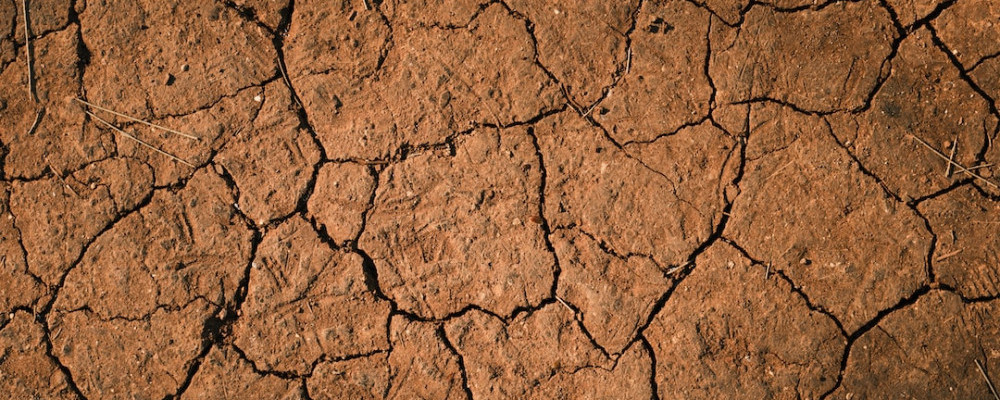
Clay soils have a high water retention capacity (which is useful in times of drought). However, these are heavy and cold soils. Thus, early ripening grape varieties are more suitable. These soils give fleshy and powerful wines.
Merlot in Pomerol (Bordeaux) is the perfect example.
From the clay soil of the Ried Lamm at the foot of the famous Heiligenstein in Kamptal comes the 2016 Kamptal DAC Grüner Veltliner Ried Lamm, delighting tasters with incredible richness and spiciness, a wine for eternity.
Limestone and wine
Limestone soils are draining. The water penetrates the soil and thus optimizes the water management of the vine. In addition, limestone is a mixture of minerals: calcium and magnesium. The wines are then fine, precise and of great minerality.
Chardonnay in Chablis (Burgundy) is the perfect example
Clay-limestone and wine
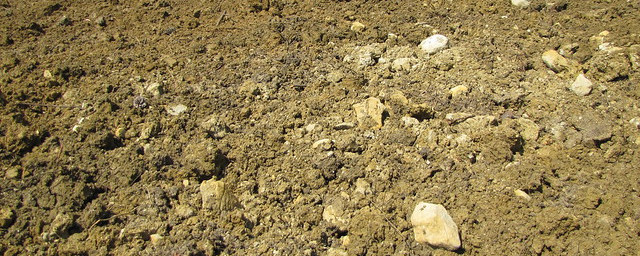
The clay-limestone soils look like loam, dotted with more or less hard white stones. Clay brings freshness and limestone its draining properties.
These soils are also perfect for Merlot and can be found in the regions of Saint-Emilion and Castillon Côtes de Bordeaux.Conviennent parfaitement au merlot (Saint-Emilion, Fronsac, Côtes de Castillon)
Clay-loam soils and wine
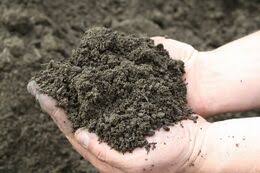
The crumbly clay-loam soils with high water retention capacity is a mixture of sand, silt, and clay. This incredibly fertile soil produces wonderfully rich, full-bodied, and extract-rich wines, defined by good acidity. However, for perfect quality, the yield of the grapes must be relatively low through precise vineyard work.
Loess and wine
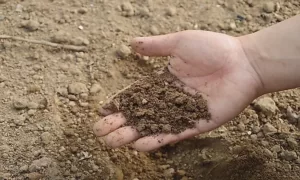
Loess is ubiquitous in Austria. The deposits of aeolian sand from ancient times, a fine sediment soil consisting of sand, quartz, clay, and limestone components, are the perfect breeding ground for fragrant, spicy, elegant, mineral, and full-bodied wines that can age wonderfully.
The fertile loess, which possesses good water retention capacity, is ideal for Austria’s most widely cultivated white grape variety, Grüner Veltliner. Versatile, harmonious, and stylistically assured, it enriches not only Austria’s wine world.
Chalk and wine
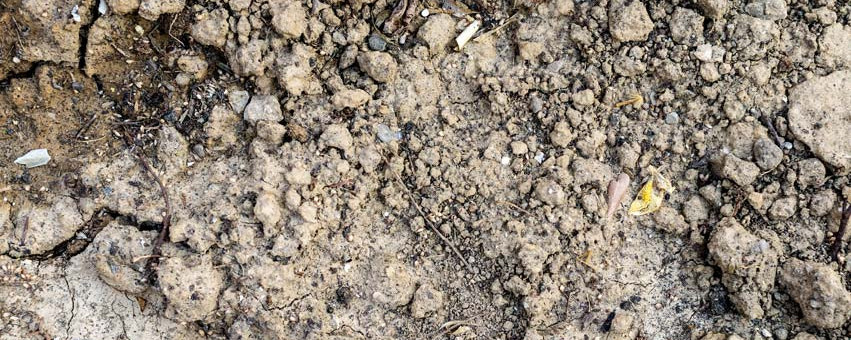
The chalky soils are white with brown clay. Emerging from millions of years, formed from deposits of the primeval sea, this barren soil type brings immense complexity to the wine. Yields are often somewhat reduced, compensated by concentration in the grapes.
The alkaline nature of the chalk reduces nutrient leaching, acidity in the soil is neutralized, grape ripening is somewhat delayed, and the grapes themselves retain a defined acidity. The light-colored rock stores less heat, remaining cooler as sunlight is reflected.
These are the dustiest soils. Porous and filtering, water infiltrates and is stored in depth. .
Sensory-wise, the wines exhibit pleasant, subtle aromatics, with beautiful fullness yet bite and firmness. Vibrant elegance on the palate paired with often salty-mineral notes is typical of chalk soils, with the added benefit of great aging potential.
These soils bring tension, acidity and finesse to the wines
Chardonnay in Champagne and Chenin in the Loire are the perfect examples.
Pebbles and wine
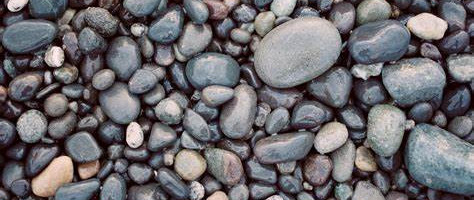
Pebble floors are smooth stones, polished by the waters of the Rhône, that absorb and retain heat. The pebbles reflect the heat. They therefore help the grapes to ripen. On the other hand, these are poor soils so the vine must draw water from deep. These soils produce aromatically concentrated, powerful wines with minerality.
The Grenache at Château-neuf-du-Pape is the perfect example.
Gravel and wine
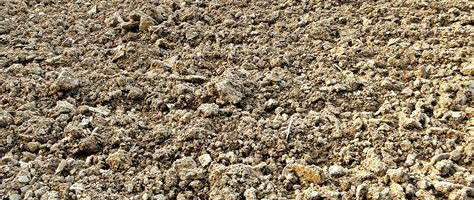
Gravel soils are a mixture of pebbles, sands and clays. The pebbles are brought by the Garonne and the Dordogne. These soils absorb and transmit heat, which is ideal for late grape varieties. The wines are elegant with fine tannins, firm in their youth.
These soils, found in Graves and Médoc, are therefore ideal for Cabernet Sauvignon.
On gravel grows the 2021 Grauburgunder Ried Gestein from the Gisperg winery, Teesdorf, Thermenregion, rated 94 out of 100 points. The juxtaposition of richness and austerity makes this wine very appealing.
Clayey-gravelly and wine
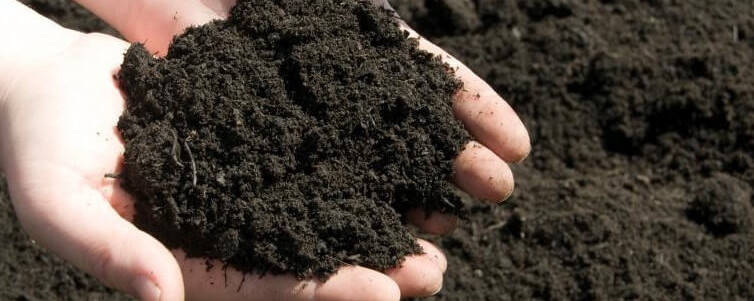
Clayey-gravelly soils are clayey, brownish and light. However, they can hide deeper and more or less pure layers of clay.
These are ideal lands for Merlot (remember, Merlot thrives on clay soils) and Cabernet Franc.
Marl and wine
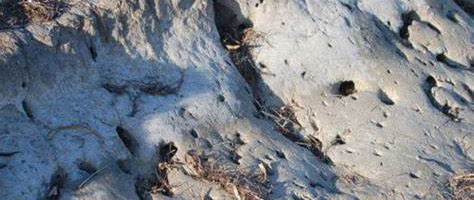
Marly soils are composed, as its name suggests, of marls, which are clay and limestone rocks. The earth is ocher with white spots. These crumbly marls offer a light yet rich terroir. These soils bring power and fullness to the wine.
The perfect pairing with this soil is Savagnin, in the Jura or even Burgundy grape varieties.
Opok and Wine
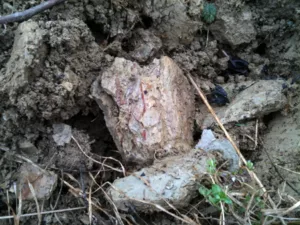
This soil type, particularly found in Styria, mainly consists of marl, clay, and silt. Marl refers to weathered, calcareous clay, while silt is fine, unconsolidated sedimentary rock. The barren soil produces beautiful, clear-fruity, refreshing, and finely mineral components in the wine.
Shale and wine
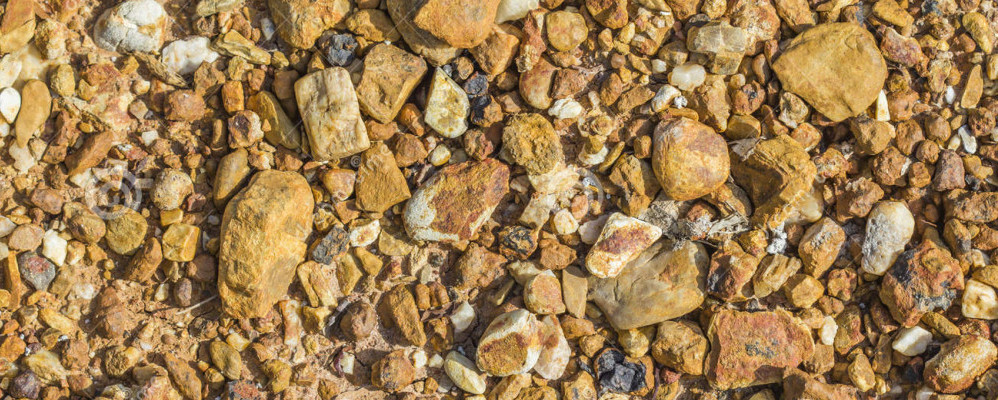
Shale soils are fragments of clays and minerals, which give a flaky and fragmented appearance. The roots grow deep there. Thus, these rich soils promote the absorption of minerals, which gives complex wines with finesse.
Typical examples are Carignan from Faugères, Banyuls and Maury in Languedoc, Chenin in Anjou and Syrah in Côte Rôtie.
Granite and wine
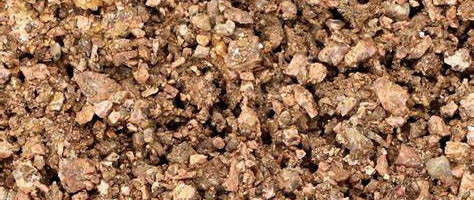
Granite soils are agglomerations of crystals, resulting from the decomposition of granite rocks forming a hard layer. These shallow soils offer low water retention but bring a lot of minerals, which helps to moderate the acidity and magnify the fruit. The wines are expressive, fine, elegant and mineral.
The grape varieties that thrive on these soils are Gamay in Beaujolais, Syrah in Hermitage, Saint-Joseph or Cornas, and Viognier in Condrieu. These soils are also very present in Alsace.
Sand and wine
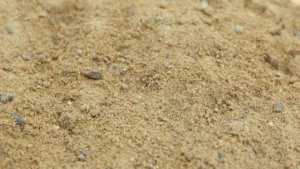
The warm, airy sandy soil may not be a good water retainer, but it drains exceptionally well. Sandstone forms when sand particles and silicates solidify under pressure, temperature, and time. Sandstone soils are barren, and nutrients are easily washed out.
However, grapevines generally cope well with stress, gathering strength deliberately and patiently to reach their peak performance. The grape material ripens early – the wines reveal themselves as fragrant and effortlessly light, with a soft expression and moderate acidity.
Slate/gneiss and wine
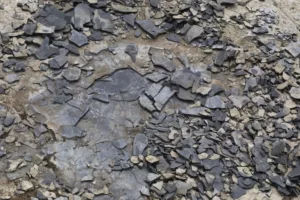
Slate/gneiss is a metamorphic rock composed of clay and other silicates. It is hard, brittle, and layered from various shifts and phases of time. The vines must root deeply; focused strength is found in the grapes.
The dark, often glittering rock heats up well and retains warmth even at night. In cool wine-growing regions, this soil type is ideal for producing sensorially clear, elegant wines with excellent aging potential, firm acidity, and a mineral mouthfeel.
The Kollwentz winery from Grosshöflein, in the Leithaberg wine-growing region, won this tasting with a score of 95 out of 100 points for the 2019 Chardonnay Ried Tatschler. The alliances paid off, with a wonderful complexity accompanying gentle aromas and elegant harmony.
Volcanic rock and wine
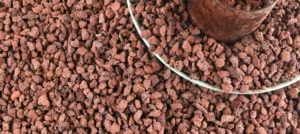
What about volcanic rock? In principle, a distinction is made here between tuff and basalt. Tuff is formed by the eruption of initially loose ejecta (pyroclastics), which over time compact into a solid mass. Basalt is formed from cooled lava flows and is rich in iron, calcium, and magnesium. The hard rock weathers very slowly, and wines from these soils possess refreshing minerality and delicate aromas.
Schotter/Kies und Wine
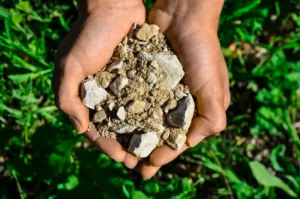
Wind, water, heat, cold, friction, and shear forces lead to the mechanical fragmentation of rocks, while chemical processes like acid attacks or oxidation contribute as well. These soils have also been transported by glaciers, riverbeds, or landslides, gradually rounding off edges and corners.
These fragmented rocks have the property of perfect heat retention. To regulate water balance effectively, these soils require clay and silt interspersed within, and the vines must root deeply to access nutrients and water. In this mineral-rich soil with a low pH (= acidic), the acidity level in the grapes decreases. Sensory-wise, richness coexists with firmness in a wonderful contrast.
Conclusion : Does soil have an impact on wine?
Soil plays a crucial role in the flavor and characteristics of wine, as famously expressed by French writer Colette, who stated that “Wine is the expression of its terroir.” Soil composition, grape variety, ripeness, and quality influence the final product significantly.
The soil, where grapevines root, is an essential and irreplaceable component, forming a partnership with the vine and the winemaker. This relationship defines the wine’s origin, as seen prominently in regions like Burgundy, where different plots produce wines with distinct qualities.
Soil is a complex mixture of water, air, minerals, and organic matter, distinguished by parameters such as porosity, texture, structure, pH, and nutrient storage capacity. Different types of soils, ranging from clay to limestone to gravel, offer unique environments for grape cultivation, affecting factors like water retention, drainage, and nutrient availability.
While some debate the direct influence of soil chemical composition on wine quality, it’s widely acknowledged that soil texture significantly impacts vine growth and wine characteristics. Warm soils aid ripening, while soils retaining water help regulate vine hydration.
The best pairing of soil and grape variety depends on various factors, including soil structure and grapevine preferences. Clay soils, for instance, suit early-ripening varieties like Merlot, while limestone soils enhance the minerality of Chardonnay. Different soil types, such as chalky, pebbly, gravelly, or sandy, offer distinct qualities to wines, ranging from elegance to richness.
Specific soil compositions, like loess or slate, contribute unique attributes to wines, such as minerality, complexity, or aging potential. Volcanic soils enrich wines with refreshing minerality and delicate aromas, while fragmented rock soils offer richness and firmness.
Beyond the soil, climate, and particularly weather, also has its impact on wine. However, each year brings its own set of different weather conditions, so each year, the wine, even when cultivated on the same land, will be different. This is called the vintage effect.
How can you choose the best vintage? Join the newsletter and get your cheat sheet to the Austrian vintages!




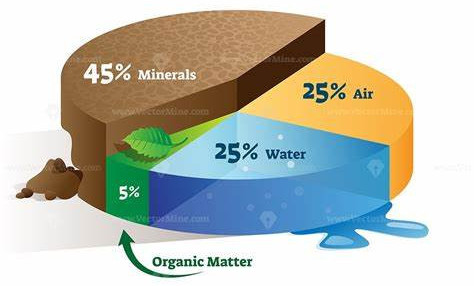
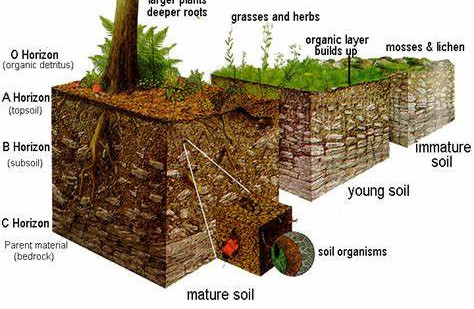
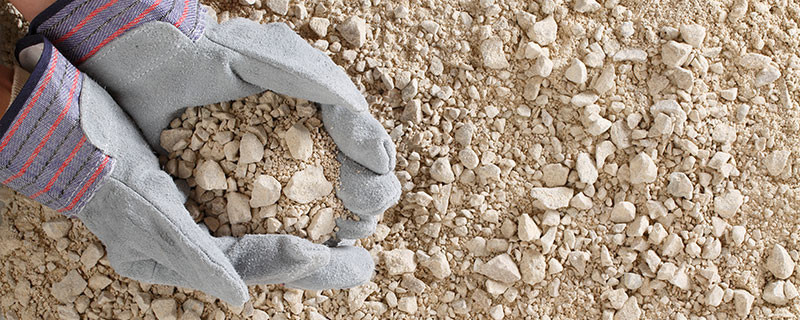
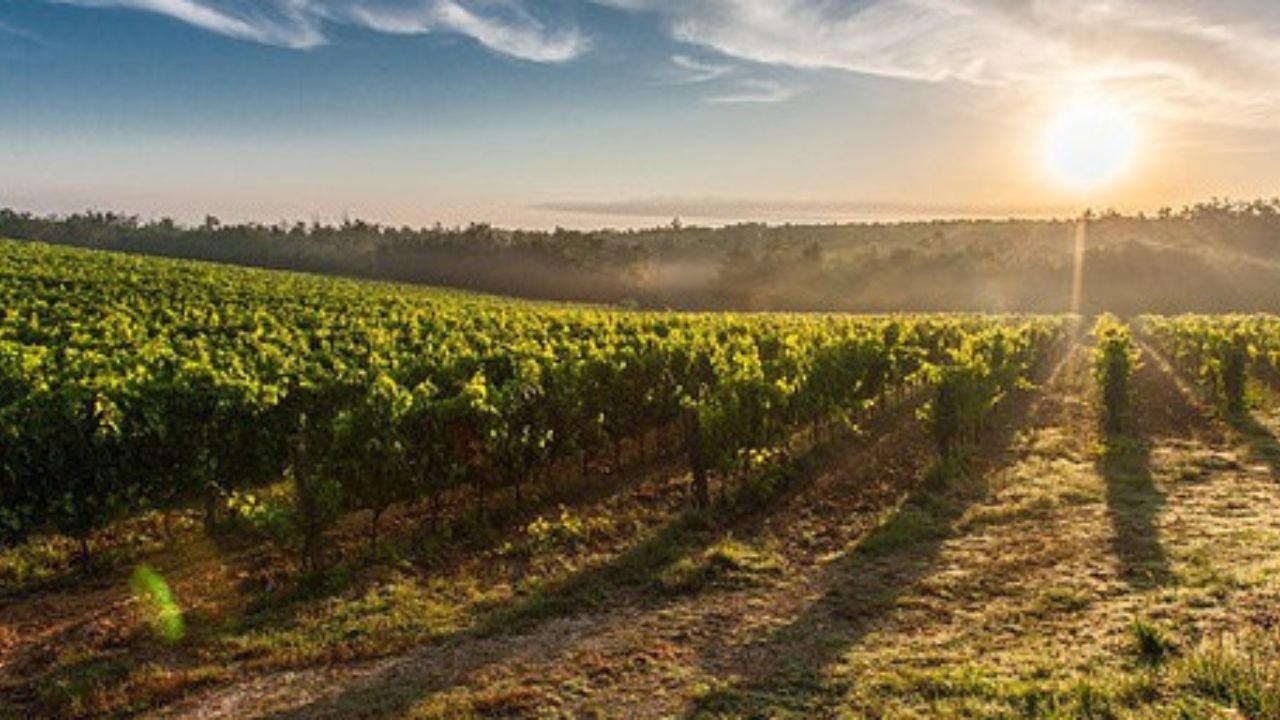
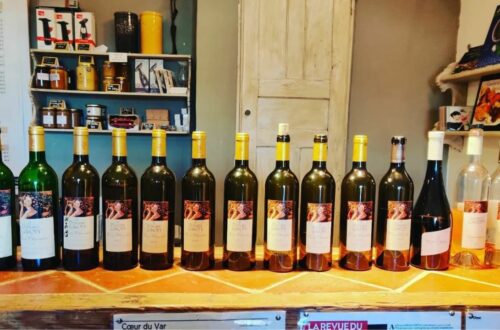
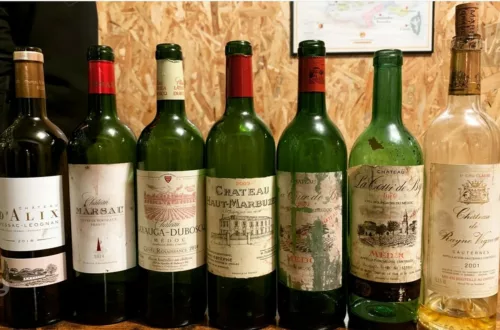
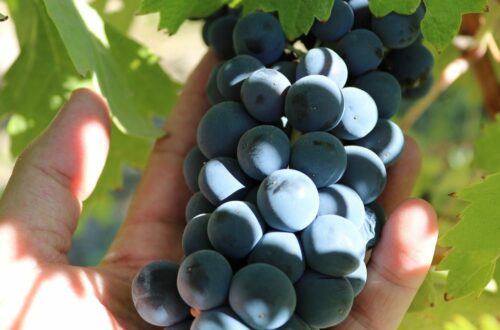
5 Comments
Dominic356
first and foremost let me start with the obvious thing, I mean the most obvious. you really look like a seasoned blogger. I like the way you chose the output of those letters. They are now special because we do not see them much anymore. This is so mind-blowing. Any way I drink, I do. This article has opened my eyes because I thought that all wines are the same. well, all wines may not be the same because of the soil. I will drink a little wine for the sake of my stomach.
Mademoiselle
wine is good for the heart (and for the morale!) Thank you for the compliments and glad I could help you out. If you really want to “taste” the soil, choose a grape variety and drink wines issued from this variety grow in different countries and you will definitely understand the impact of soil
Dominic
A little wine every day does not hurt.
Jerry McCoy
I learned years ago when I was stationed in Germany that the soil has a direct impact on the flavor of the wine. It was explained to me that when there is a drought growers prefer the clay soils because they retained the water longer and the grapes grew better, especially in the summer. They would select certain sections to harvest first because of the size and flavor of the grape. I would assume this would be true in France as well. Both countries have wineries that are several hundred years old.
Jerry
Mademoiselle
Hello Jerry! First, thank you for reading the article and leaving your thoughts. You are completely right! Seems you are very knowledgeable.
thank you for stopping by and I hope you signed up to the newsletter, no doubt, you’ll find some very useful tips